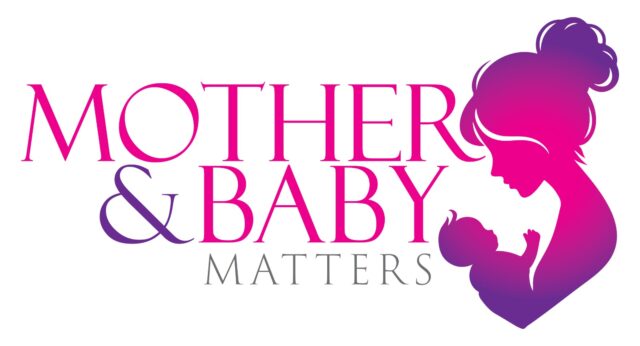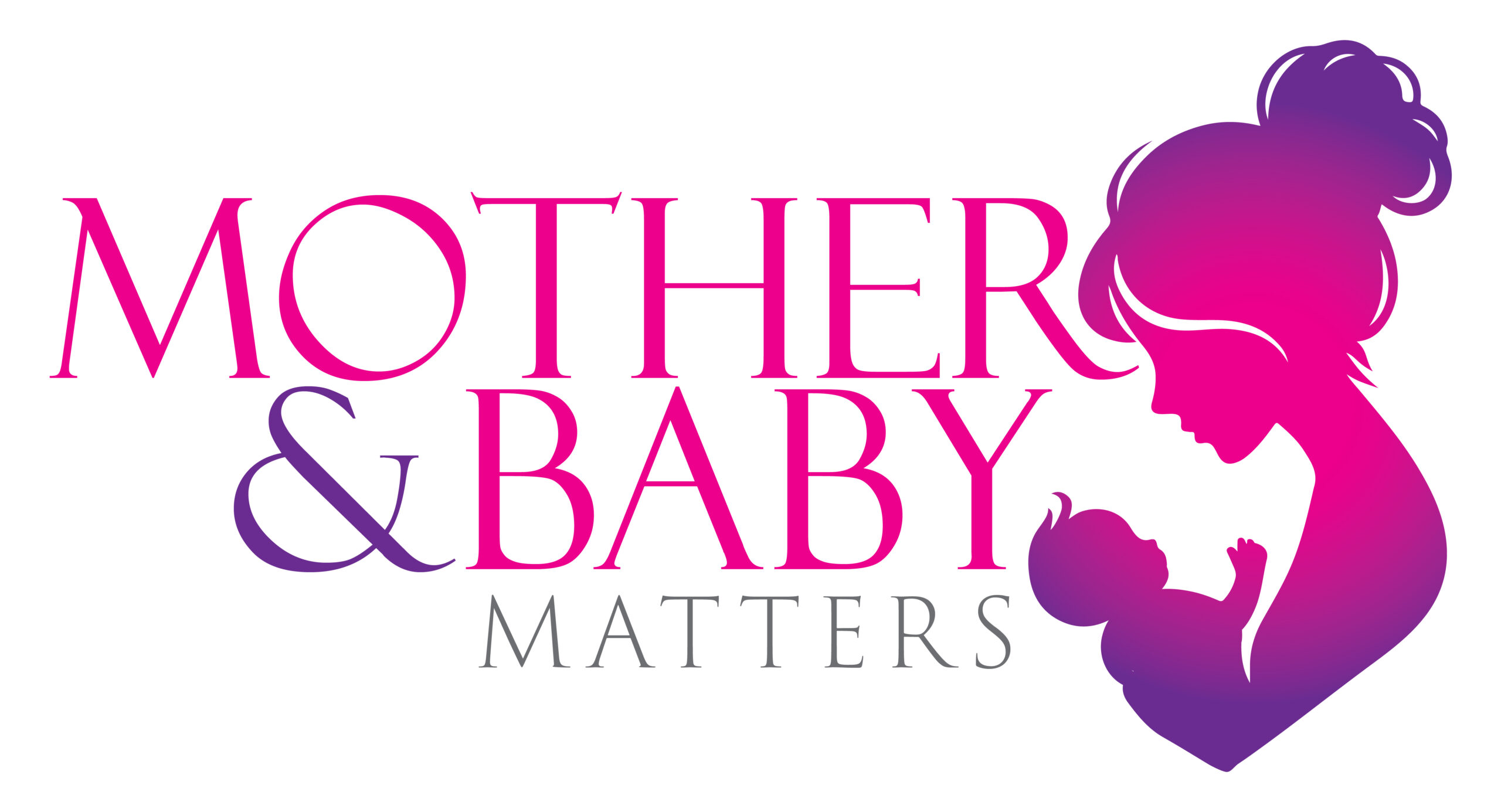
Abortion rights supporters protest outside the US supreme court in Washington DC on 26 March 2024. Photograph: Jemal Countess/Getty Images for Women’s March
In the wake of the Dobbs decision, the landscape of reproductive health in the US has dramatically shifted, leading to alarming consequences for maternal and infant health. In Louisiana, doctors are no longer allowed to carry lifesaving medications during pregnancy emergencies, while in Texas, the infant mortality rate is rising sharply. In Idaho, pregnant individuals are forced to drive hours to give birth, and in states like Oklahoma and Georgia, women are experiencing life-threatening complications before they can access care.
The restrictions on abortion have placed an enormous burden on patients and healthcare providers, contributing to a growing crisis in maternal and infant mortality. Dr. Jamila Perritt, a board-certified OB-GYN and president of Physicians for Reproductive Health, stated, “Banning access to reproductive healthcare, including abortion care, is directly causing an increase in morbidity and mortality in our community.”
Experts warn that maternal and infant mortality rates will likely rise due to these restrictions, especially among racially marginalized and low-socioeconomic communities. Rachel Hardeman, professor of reproductive health at the University of Minnesota, predicts, “In the next few years, we’re going to start to see the infant mortality, pre-term birth, maternal mortality, and maternal morbidity numbers rise for everyone.”
While some anti-abortion advocates have credited a drop in maternal mortality rates in 2022 to the Dobbs decision, research in Jama Network Open challenges this narrative. Although maternal deaths surged during the pandemic, rates dropped to pre-pandemic levels in 2022, yet they remain higher than in peer nations. Research indicates that if national abortion restrictions are enforced, mortality rates are expected to climb.
In Texas, child mortality increased by 12.9% in the year following the state’s abortion ban, compared to a mere 1.8% increase nationwide. More than 80% of pregnancy-related deaths and over 60% of infant deaths in the first week are preventable, highlighting the urgent need for access to reproductive healthcare.
Beginning October 1, in Louisiana, misoprostol—a drug crucial for preventing postpartum bleeding—will be classified as a controlled substance. Physicians worry that they won’t have enough time to administer it in emergencies, where every second counts.
The closure of obstetric units and the loss of experienced providers are exacerbating the crisis. Over two-thirds of obstetricians say the Dobbs decision has hindered their ability to respond to pregnancy-related emergencies, increasing the risk of mortality, particularly among racial and ethnic minorities. More than 100 hospitals have closed their obstetric units, leaving many counties classified as maternity care deserts.
Dr. Hardeman emphasizes, “We’ve created policies to limit access to abortions while simultaneously closing the very facilities needed for maternity care.” This dynamic creates severe disparities in health outcomes, particularly for women of color and those from low-income communities.
Black women face pregnancy-related mortality rates that are twice the national average, and three times higher than those of white women. Dr. Perritt notes, “The fact that Black women and birthing people are dying at three to four times greater risk than white women is shameful—and it’s preventable.”
To address these growing disparities and protect reproductive health for all, experts stress the urgent need for comprehensive healthcare policies. “One death is too much. One is too many.”




